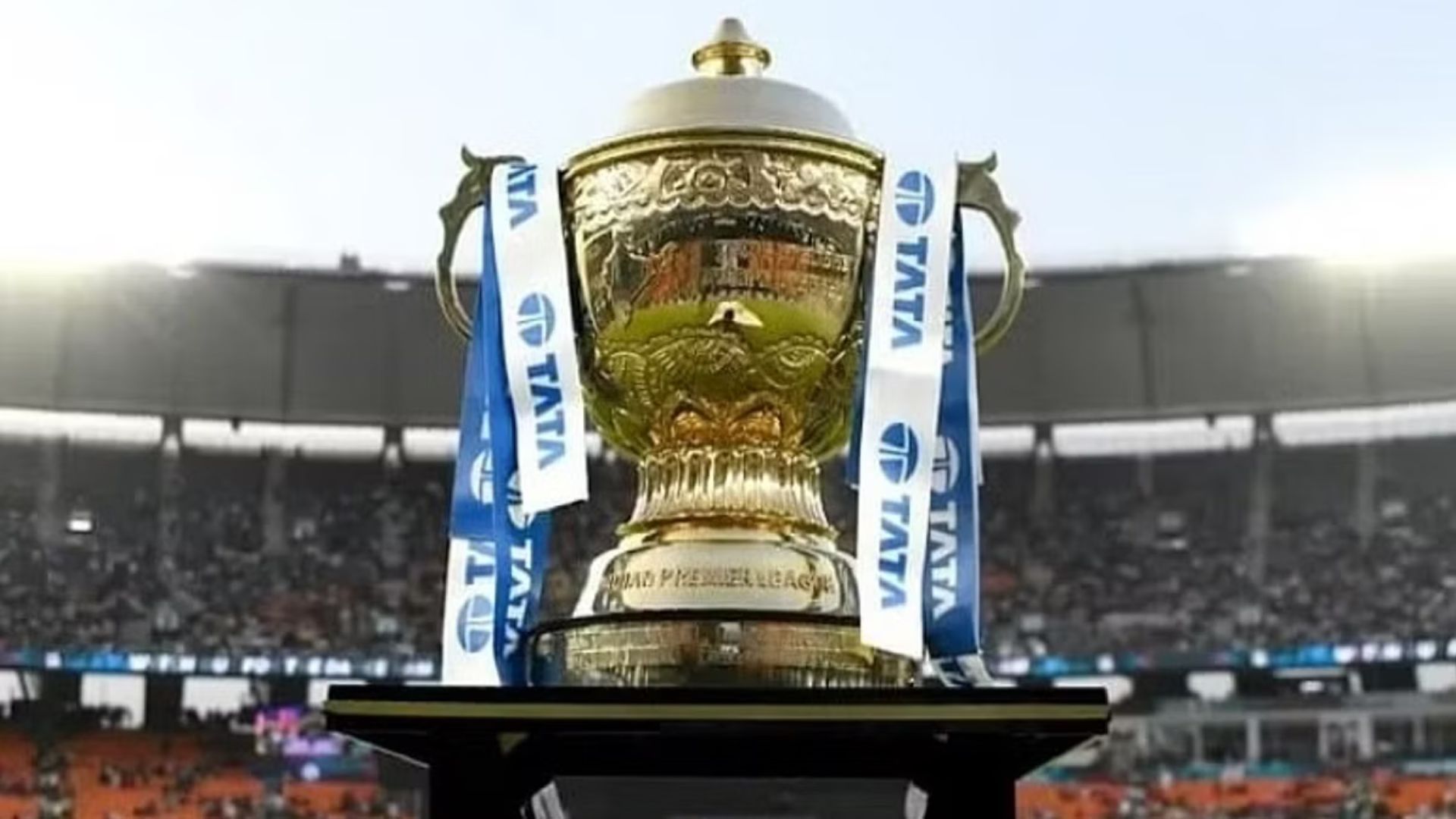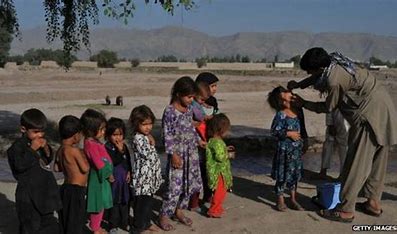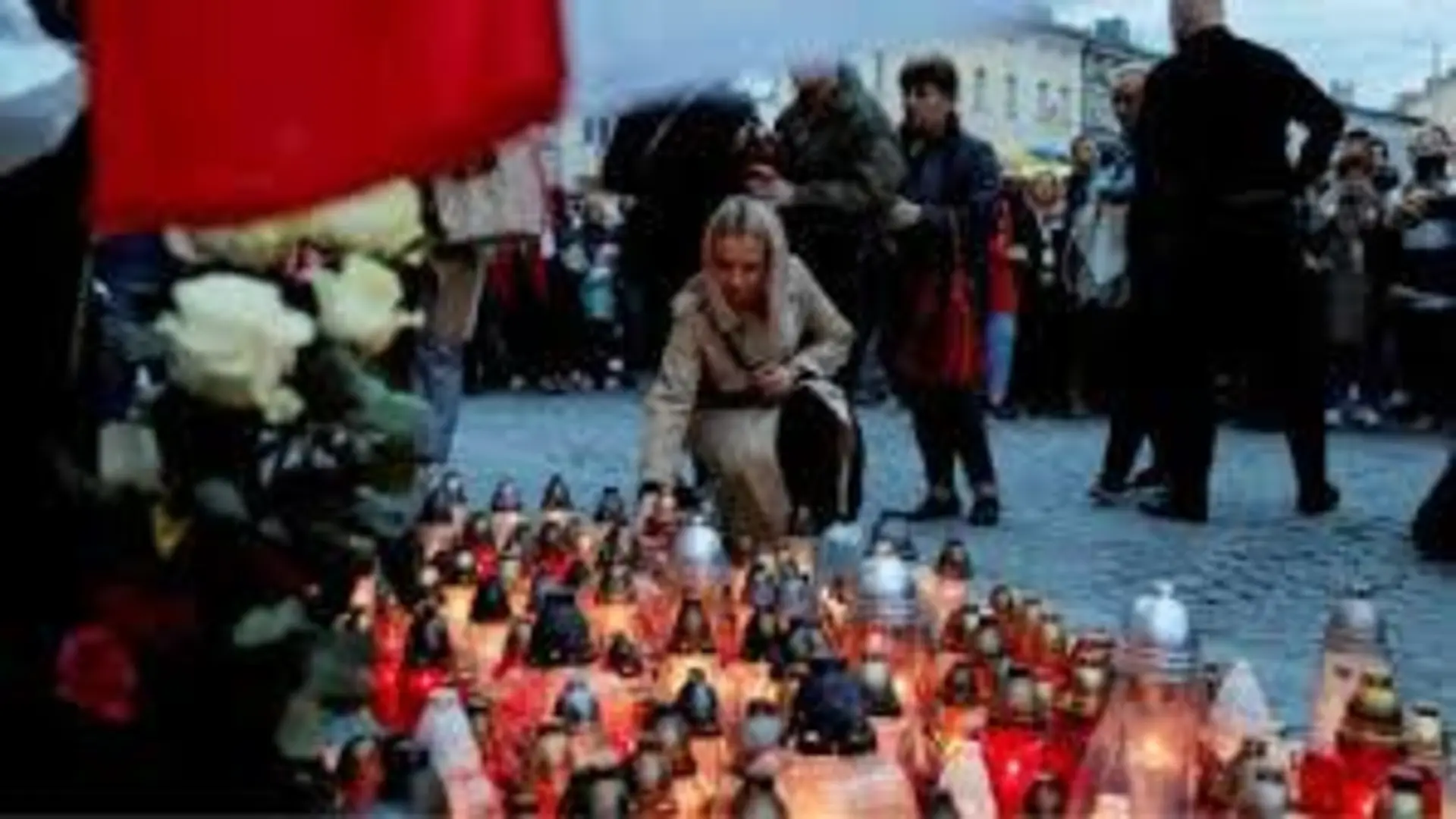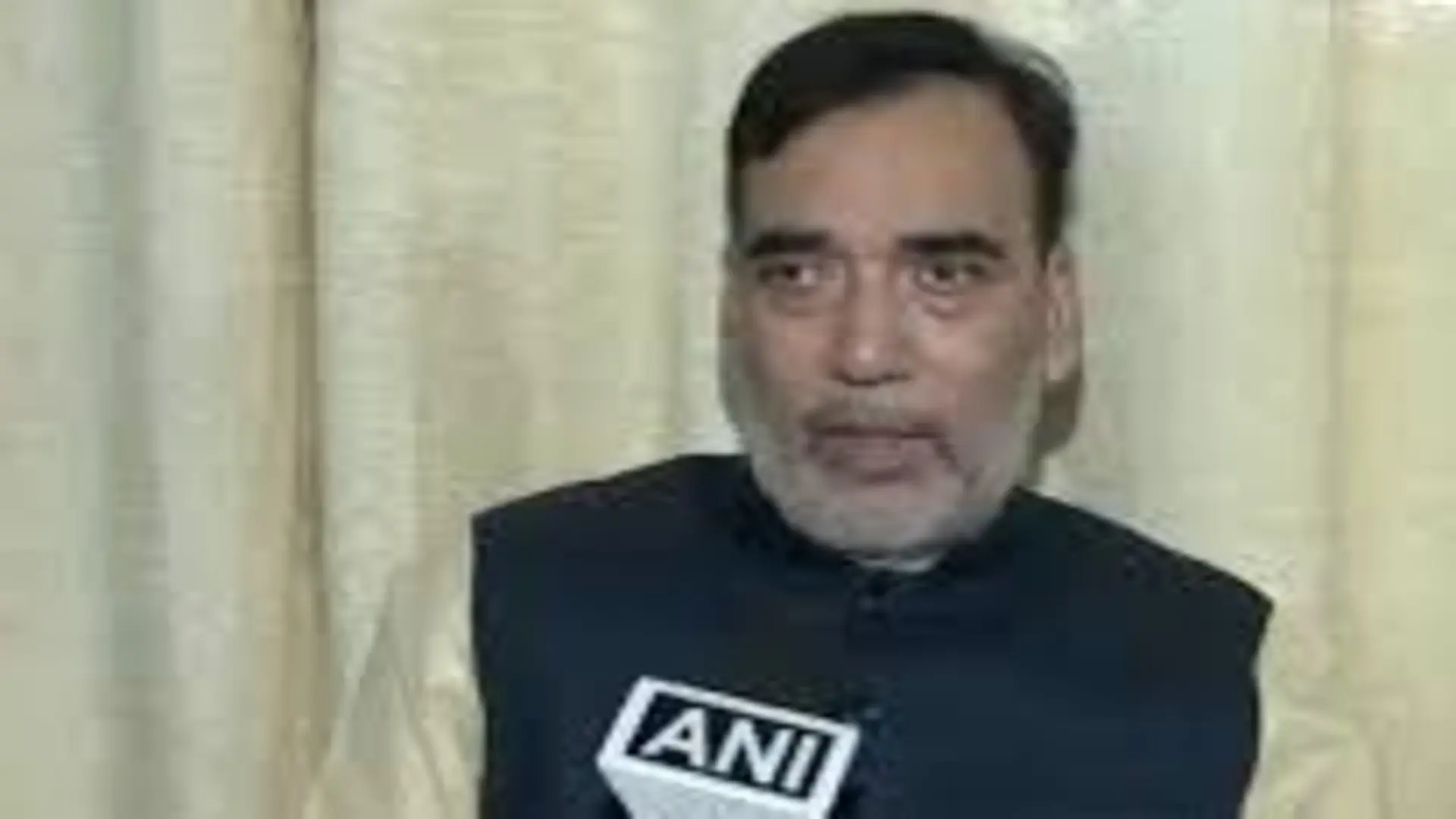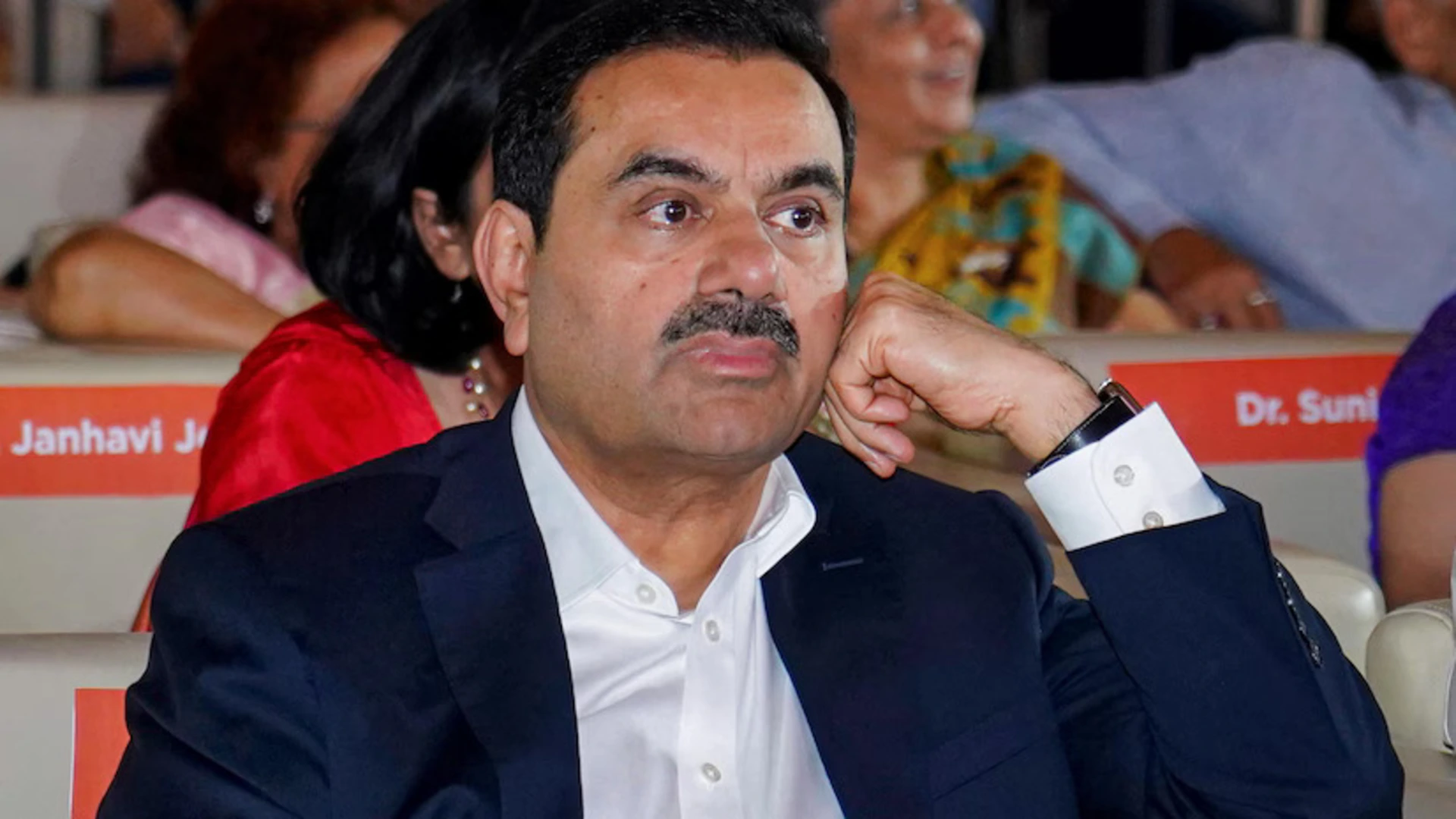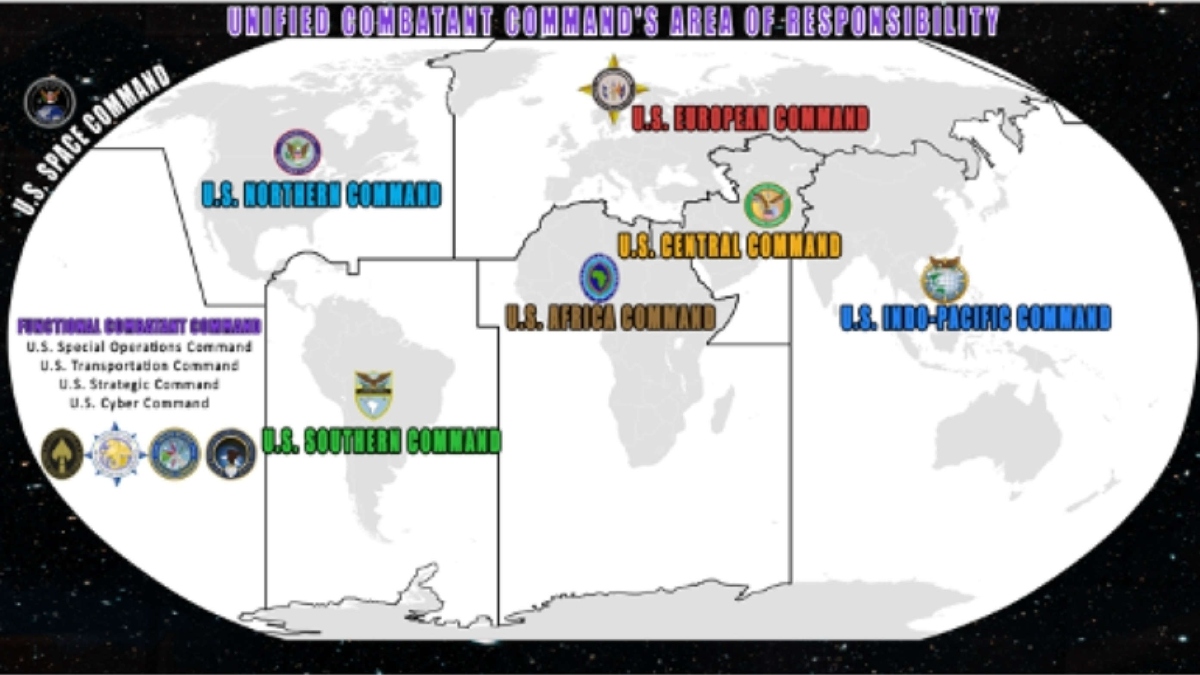
The COAS says that the process of theaterisation will be “deliberate, thoughtful and well considered” and I agree with him. It needs to be that way. I also agree with Lt Gen Vinod Bhatia, Ex-DGMO, who in his article says that theaterisation must transform us into a regional power. Recent media reports mention that India is to get five theatre commands by 2022, and there is lot of commotion about it. However, if you give a syndicate in the Junior Command course a couple of hours, they will probably spend an hour in general discussion, half an hour trying to understand what theaterisation is all about, discuss possible outlines for fifteen minutes and mark the map in the last fifteen minutes. Believe me, that syndicate won’t be far from what the media has reported. If the number of syndicates is increased, one will get very imaginative and original ideas. In my view, the number and extent of the theatres is really secondary. We need to look at the primary issues first.
The chain of command relationship between the Theatre Commander, Chiefs of Services, the CDS, the RM and the PM is of fundamental and prime importance. This relationship of operational responsibility must be clear before we embark upon this adventure. Let us examine other parallel models to draw some lessons.
The USA has six global-scale theatres which they call unified combatant commands. A theatre commander is responsible for one section of the globe. Resources are placed at his disposal to execute military operations in the best interests of the USA in that region. The forces are allocated by the political authority and can only be transferred out or reinforced by that authority. The chain of command to a unified combatant command runs from the President to the Secretary of Defense and from the Secretary of Defense to the Theatre Commander of the combatant command. The Theatre Commander has a direct one-to-one relationship with the political leadership – Secretary of Defence and C in C aka the President of USA, from whom he gets his operational directive, guidance and resources. The Chairman Joint Chiefs of Staff and Service Chiefs support the Theatre Commander. They assist the Secretary of Defense and the President in their command duties, provide a communication link and may be given the responsibility for overseeing the activities of the combatant commands sans any command authority. The command authority is with the political leadership along with the command responsibility. Mutatis mutandis if the theatre commander of a combatant command at any time considers forces assigned to him are insufficient or his authority, direction, or control is insufficient, he takes recourse to the Secretary of Defense.
In the Chinese Model, five joint theatres were established. As it stands, the theatres are within China. I suppose that the extra regional responsibility radiates outwards from each command in the region. This is the model typical of a regional power. The theatre commander is responsible to the Central Military Commission which is headed by Xi Jinping. In essence, the chain of command is direct – between the theatre and the Chairman of the Military Commission nee Head of the State. It is a one-to-one relationship. In the present conditions, the relationship is very tight, with Xi Jinping being hands-on in all military affairs. That has been amply revealed in the current Sino-Indian standoff in eastern Ladakh. Similar to the US system, resources allocated to each theatre enable it to carry out assigned tasks.
The CDS has been tasked to ‘facilitate restructuring of Military Commands for optimal utilisation of resources by bringing about jointness in operations, including through establishment of joint/theatre commands’. That process has commenced. However, in our case, the question which begs an answer is: who is the Theatre Commander responsible to? Is it the President of India who is the C in C but a titular head? Is it the CCS? Is it the PM? Is it the CDS? Is it the NSA? Is it the COSC? This issue needs clarity. We also need to be clear that the Chiefs of Services and CDS will have no operational role once Joint / theatre commands are instituted. After all, there can be only one sword in a scabbard. These functionaries will only support the theatres. If the Theatre Commander is subordinated to the COSC or any other functionary, it is only a relegated layering of the command structure, adding fat and confusion to it. If we adopt the US model, we are looking at a chain of command running down from the PM to the Theatre Commander through the RM. If we adopt the Chinese model, it has to be the PM through the CCS, who has to be in direct chain of command and responsibility with all others in supportive roles. Both the models have many downstream effects. Organisational behavioural changes will have to be brought in. If this relationship and command structure is not clarified, we will be better off being where we are. The adjunct aspect is that though the theatres can be demarcated within our boundaries, the responsibility will have to radiate outwards to encompass the region. For instance, the theatre facing China would be responsible for China, Nepal, Bhutan, Myanmar, and Bangladesh for military operations. Similar outbound responsibility will have to be assigned to other theatres. It is a radical shift from the defence of our borders to being a regional power. We must get it right.
A major pre-requisite of theaterisation would be the operational guidance to the Theatre Commander. It will have to be given by the political authority and not the bureaucracy as it has been loosely happening. The operational guidance will have to be based on national interests and threat perception, as defined by the political leadership and not as (mis)translated by bureaucracy. To that extent, theaterisation will also force the political leadership to be hands-on with the Armed Forces and not keep them at arm’s length. Hence, many misplaced perceptions will automatically correct themselves and sharpen to lead to a realistic relationship between ends, ways and means. The issue which needs to be recognised is that individual service perceptions which run riot today will and must be curbed. The threat definition will be a synthesised one based on ground realities, adversary capabilities and geopolitical situation including alignments. Luckily for us, we are in a situation where the threat from our adversaries is at a peak. We can realistically define what we need to guard against and what we need to project to be a regional power. Also, the political awareness of this problem is acute and current. It needs to be kept that way. This will also inform us the joint capabilities we need to develop in the future. This critical and valuable input must be captured for implementation.
An important part of any command is communications. Communications follow the chain of command. Command is exercised through communications. Hence, prior to establishment of theatre commands, a system of integrated joint communications must be put in place. At present, the communications between the services are only linked. In most cases, they are tenuous. They need to be integrated to allow a ceaseless and seamless flow of information and data. This will imply that headquarters have to be integrated and restructured so that they can work together. One has to understand that despite ushering in jointness and integrated commands, pure Army, Navy, and Air Force formations and units will also continue as before. They have to be brought on a common grid to function as one entity. Till the time a clear road map for integrated communications does not start rolling out, integrated commands will remain a far-off dream. Thus, this is a high-priority area.
In the US system, the Theatre Commander must have served in at least one joint duty assignment as a general or flag officer. This places high value on training and staffing from the grass roots level. Even as per the original mandate given to the CDS, training and staffing is high on priority along with procurement. Jointness in procurement commenced when the IDS was established and is streamlined to a large extent. Hence, joint training and staffing needs greater focus from now. For a system which has a number of joint service training institutes like NDA, DSSC, CDM, NDC and so on, the Indian Armed Forces have not been able to achieve jointness to the required degree. For example, despite being trained on the same campus, officers in DSSC go through largely segregated service-specific training and are also largely posted within their respective organizations after the course. Presently, the DSSC is like three courses, one each for the Army, Navy and Air Force, with a degree of joint training. It should be one course with a degree of service-specific training. In fact, in my opinion, jointness needs to be brought about much earlier at the Junior Command level. The Higher Command courses have to be integrated. Unless inter service and joint staffing is the norm, and people go up the ladder after mandatory staff appointments in inter service organizations, we will not produce Theatre Commanders of value. If we do not get our training and staffing issue right, we will end up with senior officers who cannot command troops and staff who cannot serve them. A major aspect linked to training is personnel and HR functions. The best and most capable people have to go up the ladder. The emphasis on quality leadership must be high. The services are bedevilled by a quota system of leadership, colour consciousness of the uniform, lanyard and regimental affiliations and outdated priorities of loyalty. The present system of promotion to the higher ranks ensures that while the best might not have a reasonable chance to reach the top, the worst have a more than fair chance to reach the apex. This needs a major relook professionally.
The CDS was mandated to bring about jointness in operation, logistics, transport, training, support services, communications, repairs and maintenance, etc. of the three services, within three years of the first CDS assuming office. In effect, this is the precursor to theaterisation. If headway is not made on ground and if the issues highlighted above are not thought through for implementation, the establishment of Theatre Commands will be a disaster. We also need to be cognisant of the fact that at present there are a lot of moving parts in our system: a raging virus, the eastern Ladakh standoff in a long haul mode with China making insidious moves through our neighbours, Pakistan desperately trying to revive the J&K problem in collusion with China, and ‘Atmanirbhar Bharat’ and the economy still on shaky ground. We are trying to establish joint commands under these conditions. We will be successful only if all three Service Chiefs and the CDS pull together. We do not need emotionally contentious issues related to pay, pensions, and terms of service to distract us from the main tasks. The nation can pay a little more in the short run for long term security. We also do not need competing requirements or theories of desired operational capabilities coming up through the margins. One of the first principles of jointness is to speak in one tone.
Lt Gen P.R. Shankar was India’s DG Artillery. He is highly decorated and qualified with vast operational experience. He contributed significantly to the modernisation and indigenisation of Artillery. He is now a Professor in the Aerospace Dept of IIT Madras and is involved in applied research for defence technology. His other articles can be read on his blog www.gunnersshot.com.
